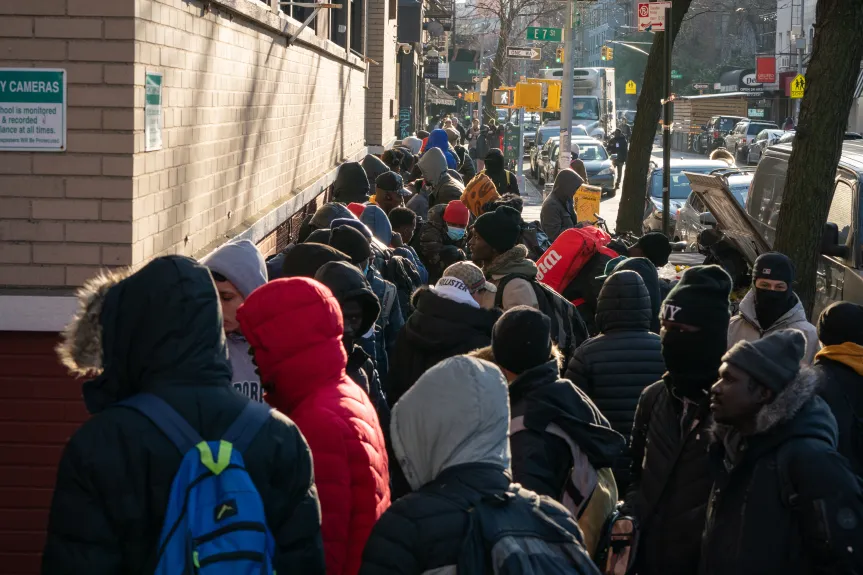A new migrant shelter, set to open in the Bronx by the end of January, will have the capacity to accommodate 2,200 people. Although the exact location remains undisclosed due to legal restrictions, city officials confirmed that the shelter will be situated near Bruckner Boulevard. This facility will primarily house single men who are currently staying at Randall’s Island. The move is part of a broader strategy to address the growing migrant population in New York City.
The opening of this new shelter follows the city’s announcement that 46 migrant shelters will close by June. In addition to this, the number of migrants in the city’s shelter system has been steadily decreasing for 27 consecutive weeks, signaling a shift in the overall demand for temporary housing.
However, the New York Immigration Coalition (NYIC) has raised concerns over the city’s approach to handling the migrant crisis. Murad Awawdeh, president and CEO of NYIC, expressed frustration with the continuous relocation of migrants from one shelter to another. He emphasized the need for long-term solutions rather than temporary fixes. “We cannot continue to play whack-a-mole shelter expansion across the city. Instead, we need to focus on getting people out of shelters and into permanent housing,” Awawdeh said. His comments highlight the urgency of finding sustainable housing solutions for migrants, rather than relying on short-term shelter options.
The opening of this new shelter also underscores the ongoing challenges New York City faces in balancing the need for temporary housing with the long-term goal of providing permanent solutions for its migrant population. As shelters continue to close, there is growing pressure on the city to ensure that migrants are not only housed but also given the opportunity to secure stable, long-term accommodation.
Efforts to reach Deputy Speaker Diana Ayala, who represents the Bronx area where the new shelter is set to open, have so far been unsuccessful. As the shelter opens and the city’s plans unfold, it remains to be seen how local leaders will address the concerns raised by advocates and the public regarding the city’s shelter policies.
This development reflects the complex and evolving situation surrounding migration in New York City, where the demand for shelter continues to grow, and the need for permanent housing solutions becomes more pressing.

